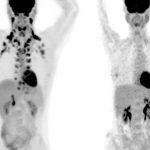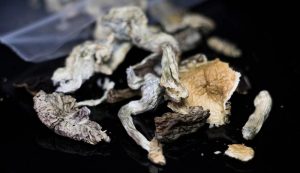
A special calorie-burning type of body fat appears to help protect against an array of chronic ailments, including heart disease, type 2 diabetes and high blood pressure, a new study suggests. Brown fat generates heat by drawing glucose from the bloodstream, as opposed to energy-storing white fat, explained senior researcher Dr. Paul Cohen. He’s an assistant professor and senior attending physician at the Rockefeller University Hospital in New York City. That sort of a tissue sounds like a godsend. However, brown fat has been long thought to have little impact on human health because your stores of brown fat diminish as you age. But research now shows that adults who have active brown fat tissues in their bodies are far less likely than their peers to suffer from a range of chronic illnesses. What’s more, this protective effect holds even if the person carries excess weight, researchers reported recently in the journal Nature Medicine. “When we grouped our subjects based on their body mass index, we saw that even obese people with brown fat show protection from these conditions,” Cohen said. “For example, it’s well known that type 2 diabetes is more common in overweight and obese individuals, but what we saw was that even obese individuals who have brown fat have a significantly lower likelihood of type 2 diabetes than obese individuals without brown… read on > read on >

































